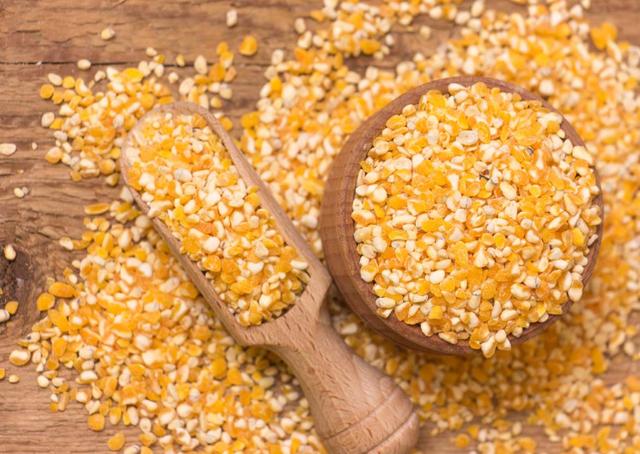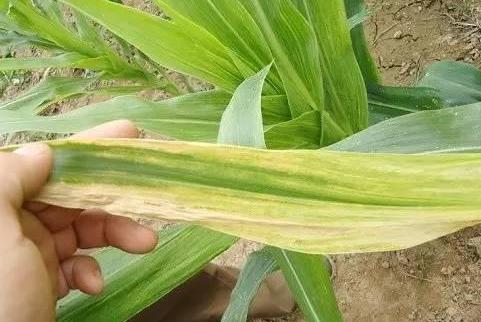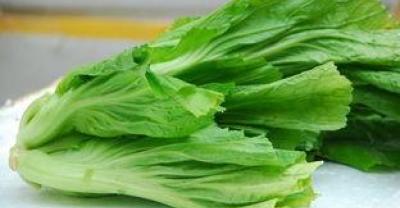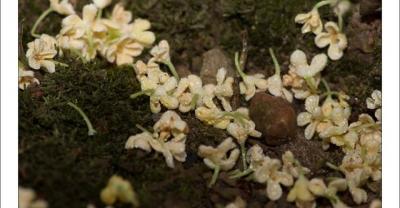Matters needing attention in planting corn
Recently, the weather in Northeast China has continued to clear up, the moisture content of tidal grain has decreased, and prices have continued to rise! The whole life of maize goes through several stages: seed germination, seedling emergence, jointing, female and male ear differentiation, heading and flowering, grain filling and maturation. In the process of planting corn, we need to pay attention to the following problems.

I. the relationship between the growth and development of maize and environmental conditions.
1. Temperature. The temperature is required to be above 10 degrees Celsius, which is a temperature-loving crop.
2. Care. Early-maturing varieties are slow to respond to light, while late-maturing varieties are sensitive to light, so they belong to temperature-loving short-day crops.
3. Moisture. There is a large amount of water consumption, and a corn plant consumes 150-200 kg of water in its lifetime.
4. Soil and nutrients. Corn has strong adaptability and is not strict with soil pH. It requires that the soil is deep, the content of organic matter is high, the soil structure is good, and the pH value is between 6 and 7.
Second, the performance of element deficiency in corn.
The main results are as follows: 1. Phosphorus deficiency at seedling stage.
The main results are as follows: (1) the root system is underdeveloped, which affects the fertilizer absorption.
(2) the leaves are purplish red, the leaf margin is curly, and the stem is purple.
(3) phosphorus deficiency in the middle stage, delayed spike leaf silk, poor fertilization and abnormal ear formation.
(4) due to phosphorus deficiency in the later stage, the ripening of ear was delayed and the grain was not full.

2. Potassium deficiency at seedling stage.
(1) the leaves are yellow or yellowish brown, and the edge of the leaf tip is dry.
(2) the plant grows slowly, the stem is short and the Internode becomes shorter.
(3) in the case of severe potassium deficiency, the leaf tip was burnt and gradually dark brownish red.
(4) the growth of the old plant was stagnant, the leaf veins turned yellow, the internodes were shortened, and the roots were small and easy to lodge.
(5) bald ear, small seed, low starch content and poor quality.
3. Zinc deficiency at seedling stage.
The main results are as follows: (1) the seedlings produce white seedlings, the leaf veins produce white spots, the plants become dwarf, the internodes become shorter, and the leaves dry up or even die.
(2) in the middle stage of zinc deficiency, yellow and green stripes appeared in the middle and lower leaves of the plant, similar to mosaic leaves.
(3) in the later stage, the leaf was mosaic from bottom to top, the development was blocked, and the ear was short of grains and bald.
- Prev

Method of planting spring corn
Select good varieties: planting spring corn to choose growth period in more than 112 days, root system developed, plant type compact, leaves rushed, strong growth, resistance to strong products.
- Next

Planting and maintenance techniques of Osmanthus fragrans
Planting and conservation technology of sweet-scented osmanthus sweet-scented osmanthus, also known as sweet clover, is an evergreen tree of the family Melilidaceae, which is widely planted in the south of the Yellow River and the southwest of Guangdong. Sweet-scented osmanthus for a long time.
Related
- Fuxing push coffee new agricultural production and marketing class: lack of small-scale processing plants
- Jujube rice field leisure farm deep ploughing Yilan for five years to create a space for organic food and play
- Nongyu Farm-A trial of organic papaya for brave women with advanced technology
- Four points for attention in the prevention and control of diseases and insect pests of edible fungi
- How to add nutrient solution to Edible Fungi
- Is there any good way to control edible fungus mites?
- Open Inoculation Technology of Edible Fungi
- Is there any clever way to use fertilizer for edible fungus in winter?
- What agents are used to kill the pathogens of edible fungi in the mushroom shed?
- Rapid drying of Edible Fungi

